Inventory: Travel / Nusfjord
Breaking the ice
In Norway’s remote Lofoten archipelago, residents of a once-sleepy fishing village are weathering the Arctic chill with warm hospitality in serene surrounds.
If you’re on holiday in Nusfjord, you’ll likely have come far. You’ll probably have changed planes in Oslo, boarded another in Bodø and ended up careening over the crags of Norway’s northwestern coast in your little Dash 8 turboprop, where the dark islands look like whales breaching in the brine. Then you’ll have dipped a wing toward the Lofoten archipelago, where the bays are turquoise and the summer grass is green. You’re in the cock’s comb, almost at the top of mainland Norway and well into the Arctic Circle, to find Nusfjord: a beautiful nook in the world’s second-longest coastline (Norway is still some 100,000 kilometres behind the weathersome cliffs of Canada). This neck of the Nordic woods and its latitudinal brethren are hot because they’re cool: as southern Europe’s sizzle has turned to crackle, eyes are looking northward for a calmer balm and some old-fashioned weather. So, if you’re here and you don’t speak much Norwegian, you’ll likely have come far. Phew, you have arrived.
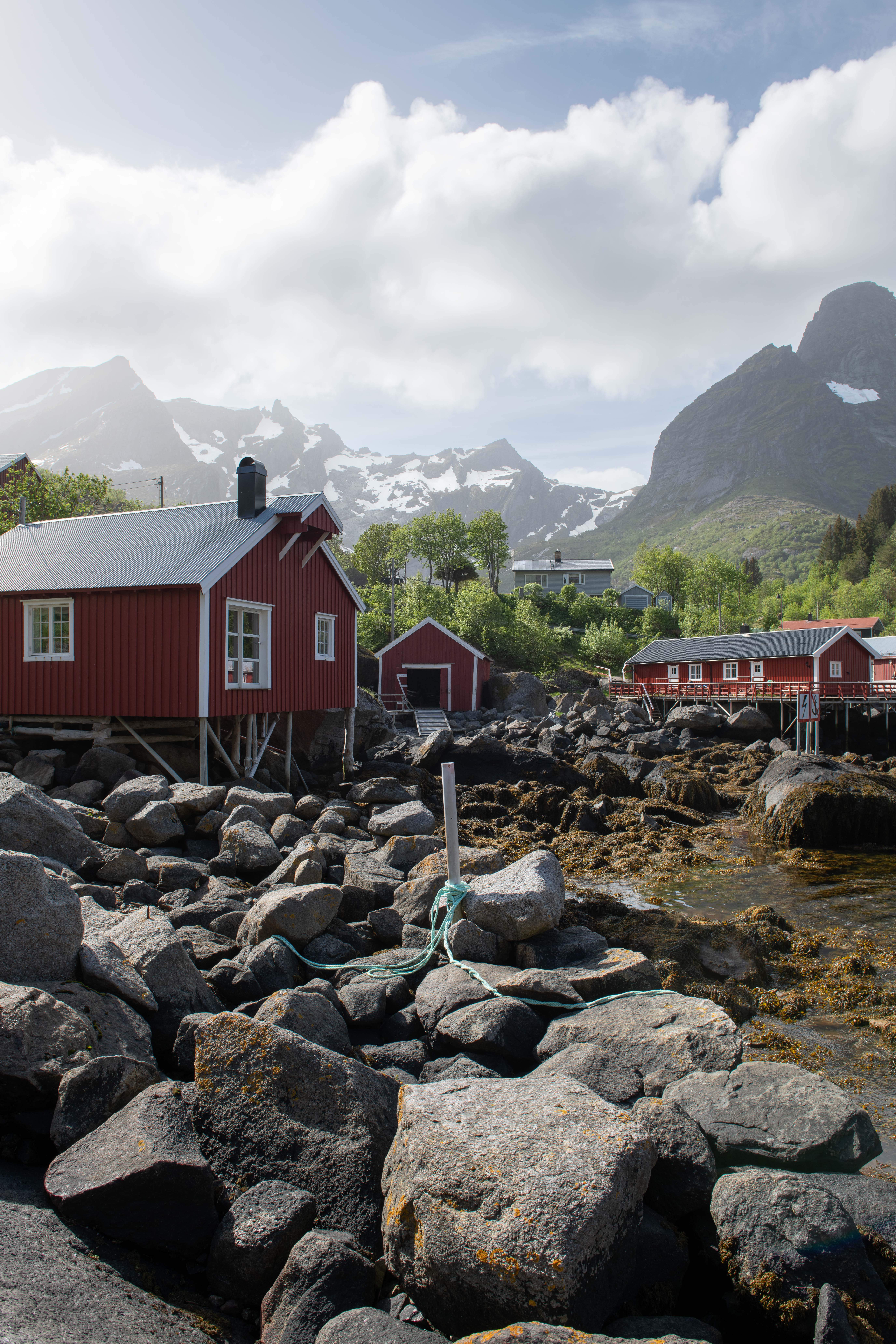
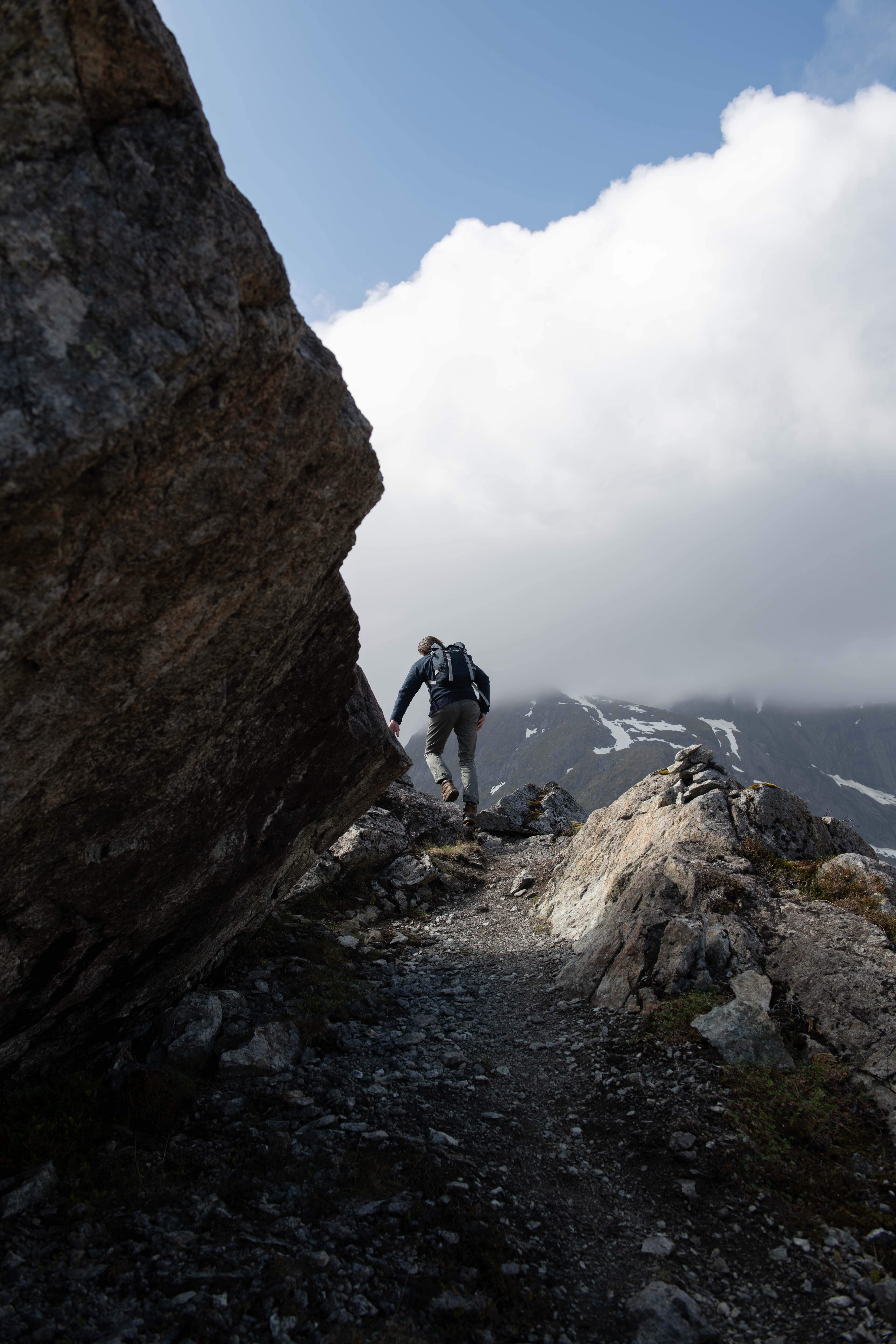
Nusfjord was a fabled fishing village for a thousand years, a haven on a wild coastline where boats could be safely moored and cabins built to house the hundreds of fishermen who’d rowed for days and weeks on high seas to reach this specific spot, staying for months to catch, dry, store and sell their cod. Renata Johansen, born and raised in the village, puts it better. “Every January to March the skrei has been coming down from the northern sea with his girlfriend to find the marriage bed with the perfect temperature for making babies,” she says. “What was irresistible for the fish was irresistible for the fishermen, too.”

Johansen is the front-of-house manager for what Nusfjord is now, which is still what you want on reaching a haven but in a very different way: a beautiful resort in which the rooms are calm, luxurious revamps of those old cabins and the administrative office for the weighing and selling of fish is now the very fine Restaurant Karoline. The rest of the village offers a swoon-inducing on-site bakery, the landhandleriet shop and café for sandwiches, coffee and local crafts, an art gallery patronised by Norway’s Queen Sonja, a museum, a pub-and-pizza joint and a sauna that’s best enjoyed after a jump in the bloody freezing sea. It’ll toughen you up but not to the point that you’ll be like Johansen or one of her family. “Growing up here, the only child labour that was allowed in Norway is cutting the tongue out of the cod’s head. I bought myself a nice boat and a big motor with the money but we don’t offer it as an activity here for guests nowadays,” she says with a chuckle.
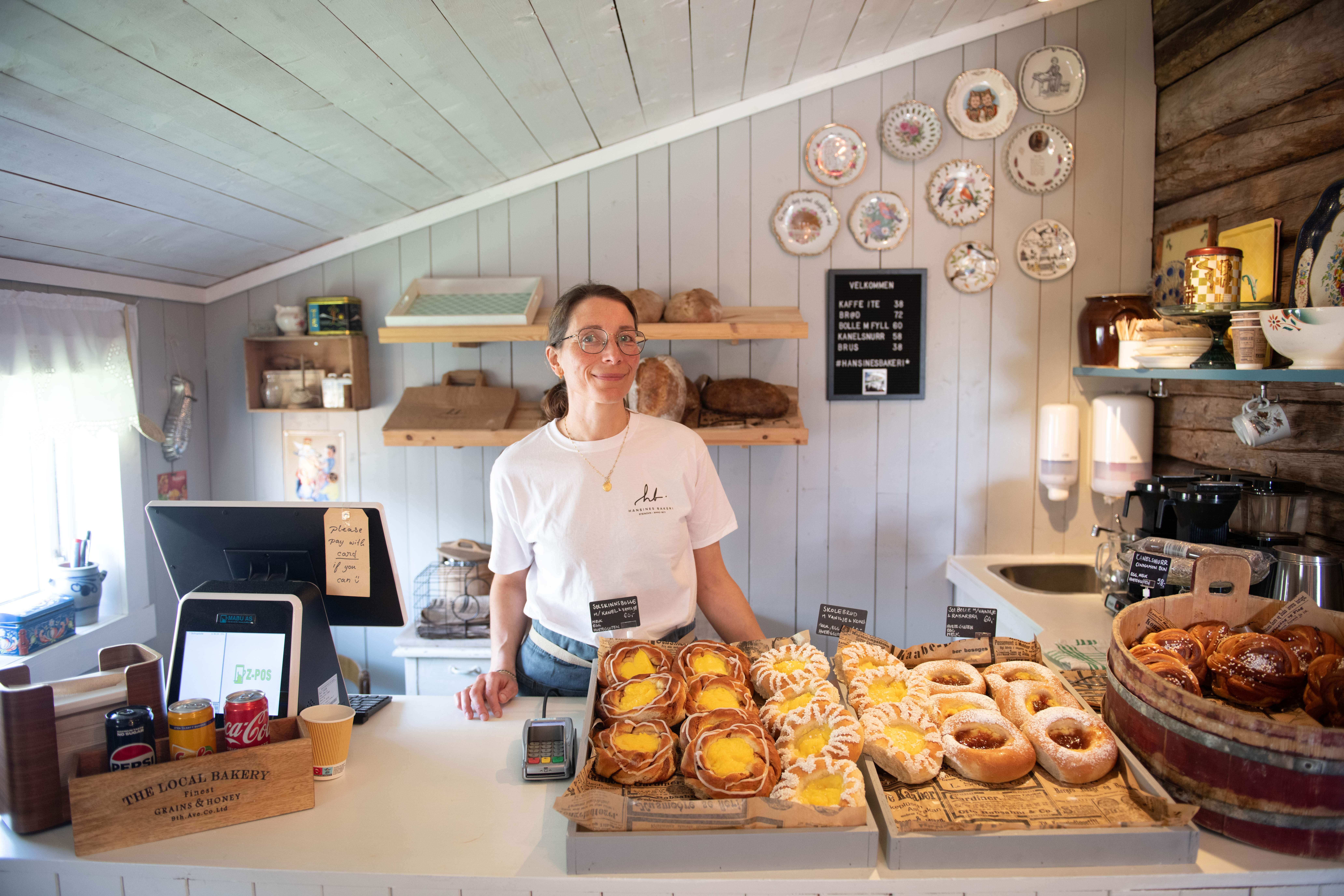
We’re soon out on the water – high above the cod – with Fred Ravneberg, Nusfjord’s general manager, his big laugh, a couple more members of his team and Caroline Krefting, whose family own Nusfjord. “In fact most of what you can see – even the mountain,” she says, with a smile that’s both proud and shy of any boastfulness. We’re out on the RIB boat for a tour that’ll take in the incredible sea eagles that nest and hunt around the bay and the Nusfjord estate’s small, private island with its very own small, private house, whose nickname seems to have stuck on the resort’s official literature: The Isolated Fisherman. But first, why get there slowly when you can rip around on that twin-engine RIB? A boat in the shape of a waterski and which appears to have been designed – and certainly today piloted – with the same thrills and spills in mind. It’s fast as hell and loves to get airborne off the waves. Lifejackets are hugged as the cold spray rains down. Greater still is the pure animal buzz of the big birds; the pair of sea eagles riding high on the updrafts above us, before swooping down on the waves to snatch a talon-full of what might well have been the leftovers of my fish. On we bounce and fly and bounce. The eagles regard us with a patient eye, then turn on their tail feathers for home and their young.


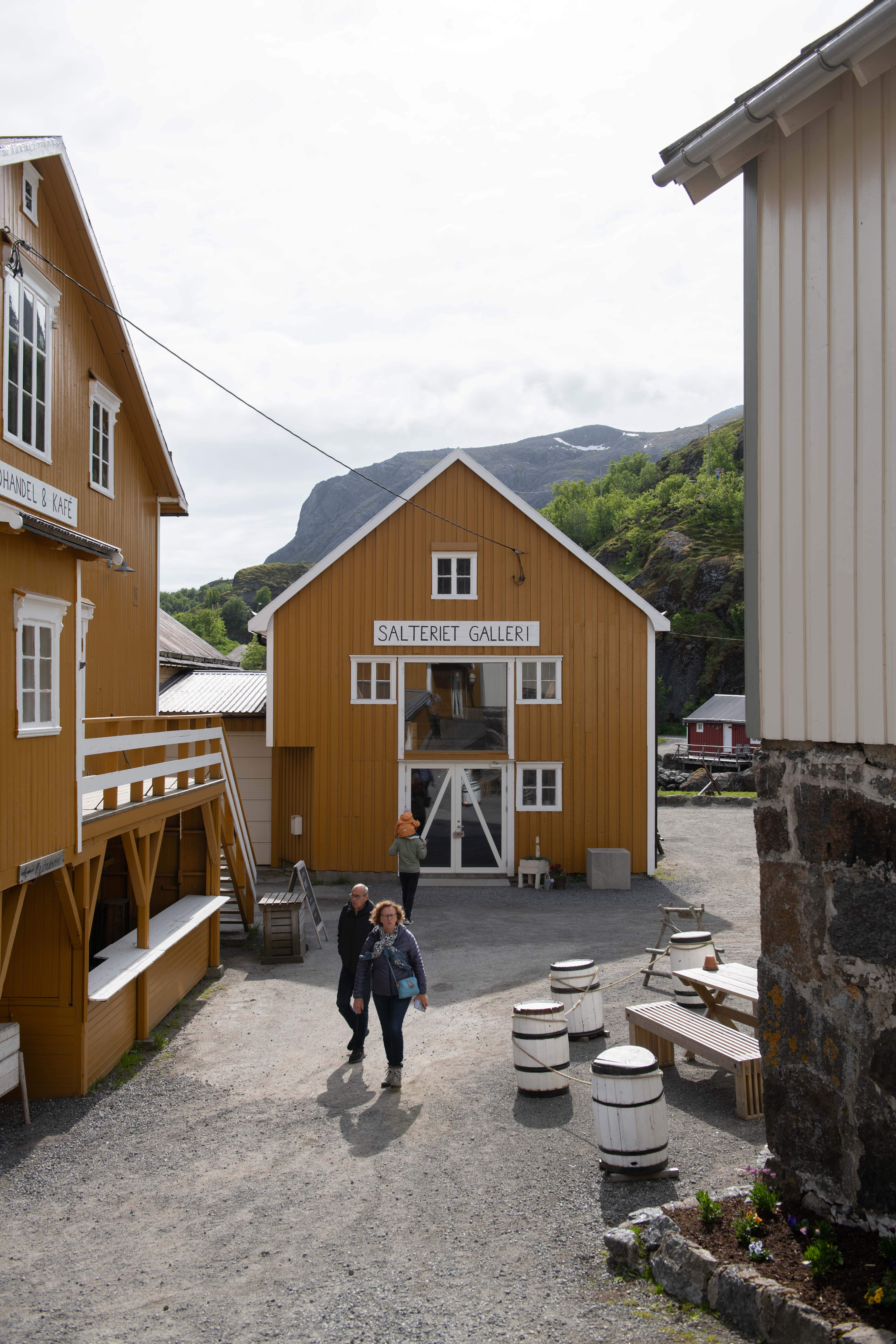
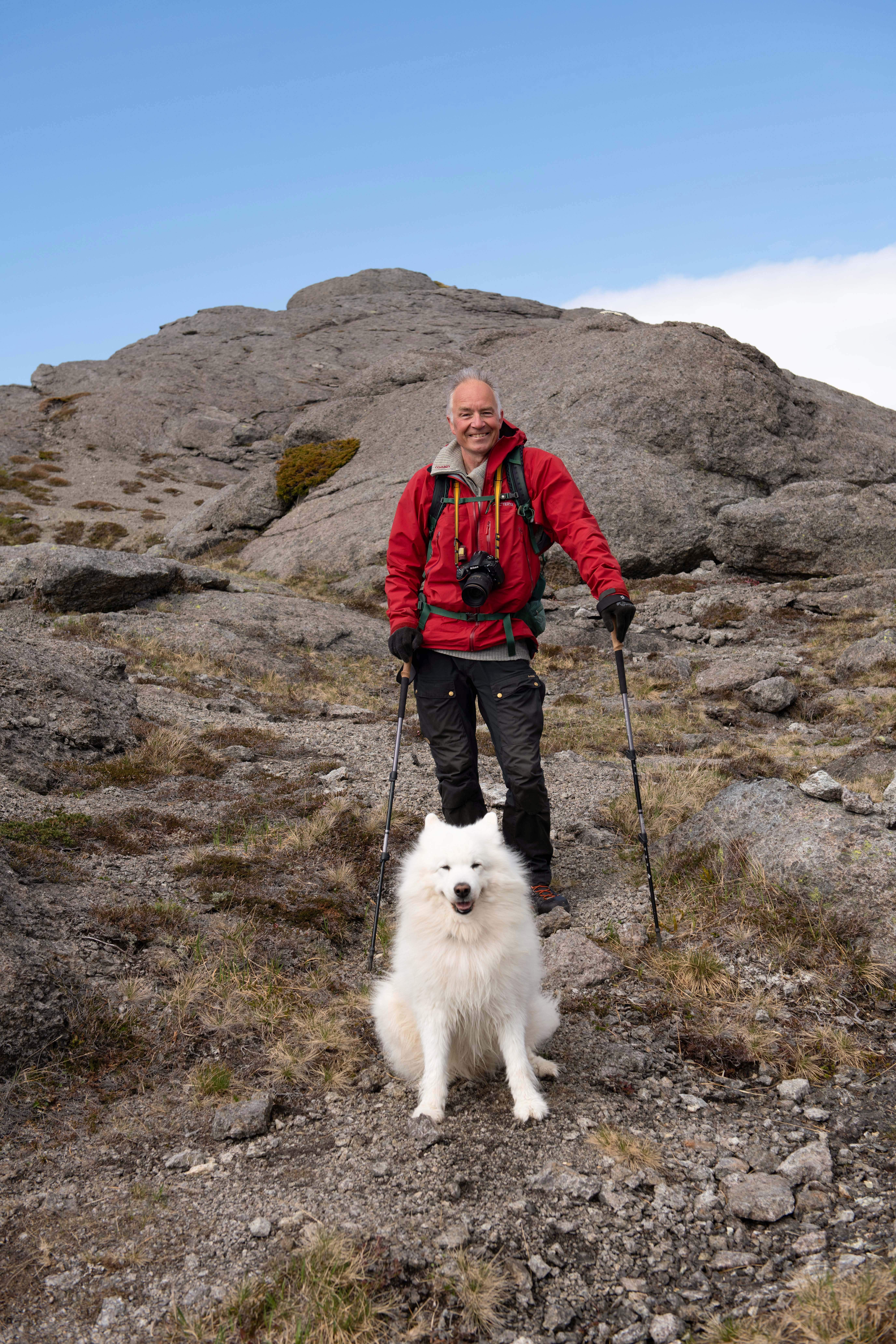
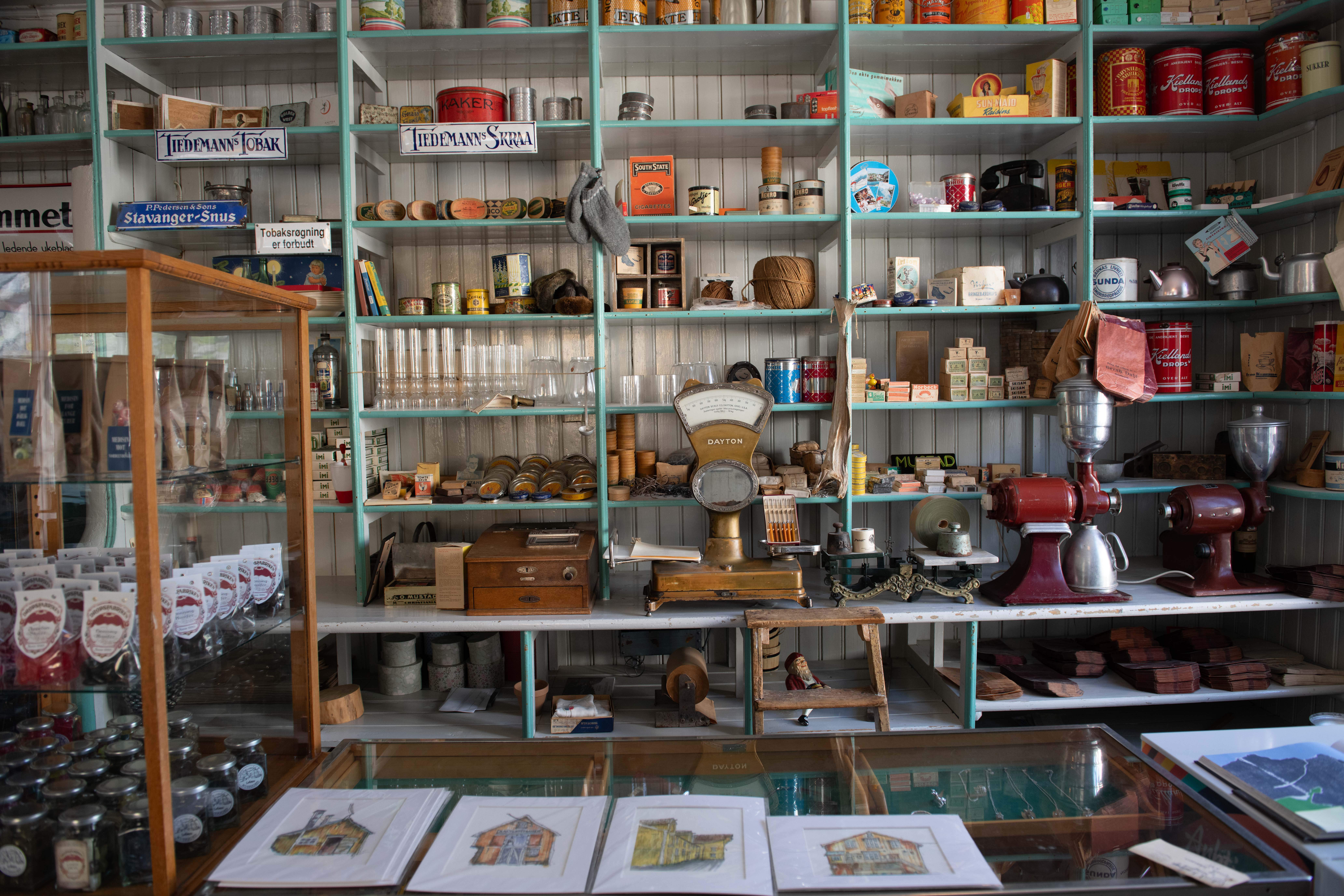
“We started this adventure eight years ago and now I feel both very grateful and very proud,” says Krefting. She is smiling into the sun’s dazzle as it dances off the sea, through the island pines and sitting room windows of the cosy cottage that, in June at least, does little justice to the name of The Isolated Fisherman. “Being here gives me a new perspective on life every time,” says Krefting. “In January we were skiing up on the mountain with wild views at 1,000 metres; where else can you see the sea from a mountaintop and almost ski down to it? And now we’re here right next to that sea and it’s another experience, to do with the season and the weather and the magic of this place.”

After the Krefting family bought Nusfjord, Caroline and her mother-in-law have ensured the accommodation and resort-wide fixtures and fittings have gone from a cheap-ish hotel-standard approach that made nothing of the cabins’ original layouts to a high-quality, low-volume, classily reserved Nordic style – all quiet luxury, cool and calm. Nusfjord, despite not having a road until the 1950s (it’s the sort of perfectly preserved picture of a place that you might stamp on a Norwegian biscuit-tin), had been inundated with camera-wielding coach-trips until the rethink and refurb. Now the village is still open for people to have a look and a coffee and poke about but some subtle yet firm pressure has helped bid the coaches adjø. There seems to be an honesty and a tenderness to the relationship between Krefting and, for example, Nusfjord-born Johansen’s family. Krefting talks of the “great warmth, great stories, great laughs” that go with the territory here and that she feels fortunate to have been involved with. “We also just had this goal which is about authentic experiences,” she says, “and that you don’t need to choose between comfort and nature – I hope we’ve woven both together here.”
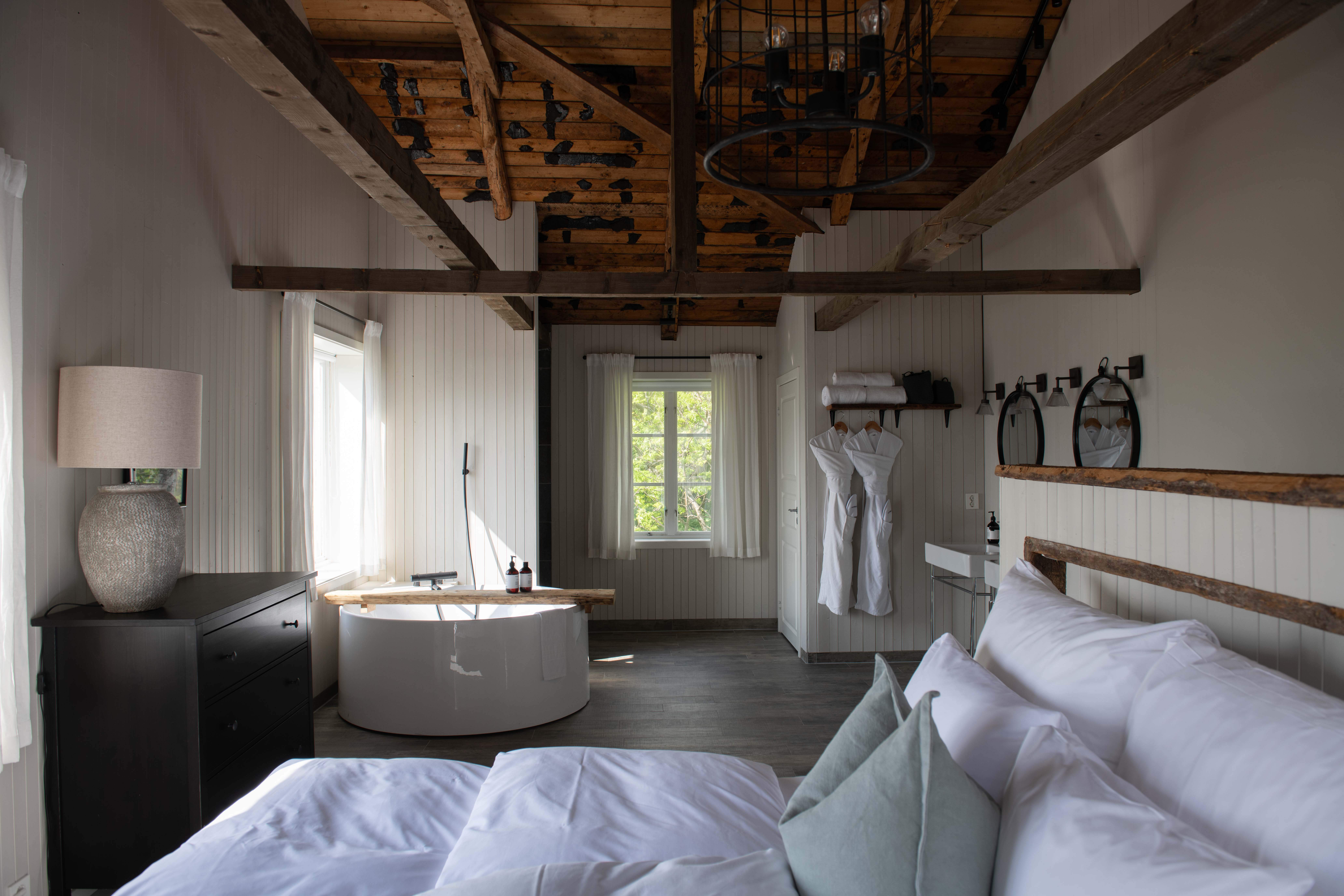



The weaving has indeed wrought a happy tapestry. Nusfjord’s village-first, hotel-later atmosphere is achieved through the open-air museum style of the resort but also by the charming staff, almost all of whom live here. Of course Nusfjord’s Nordic spa boasts a suite of treatments but maybe it expects you to have also broken a sweat outside of its sauna. Anyone for an adventure?
“Haha! You’re in!” says Ravneberg, big laugh on full beam, on our fishing trip aboard Elltor, the resort’s handsome boat. “Now wind him in, nice and smooth.” Out of the mill-pond-still of Nusfjord’s bay, we’re reeling again on the swells of the Norwegian Sea. A light breakfast seemed a wise choice: eyes on the horizon, breathe through your nose and focus on being flattered as a half-decent fisherman by a man who knows more than you about the ways of cod, coalfish, hake and halibut – and not because they were presented on a bed of samphire under Restaurant Karoline’s candlelight last night. There’s some angling banter about how I must have got lucky last night to be so lucky with the rod this morning, which we’ll let fly away on the Arctic breeze. Suffice to say, a respectful haul was had. Gutted, cleaned and into the ice they go, in order to be delivered to a beaming chef on dry land later. Fish soup, sir, caught by yourself? Ooh, ja vennligst.
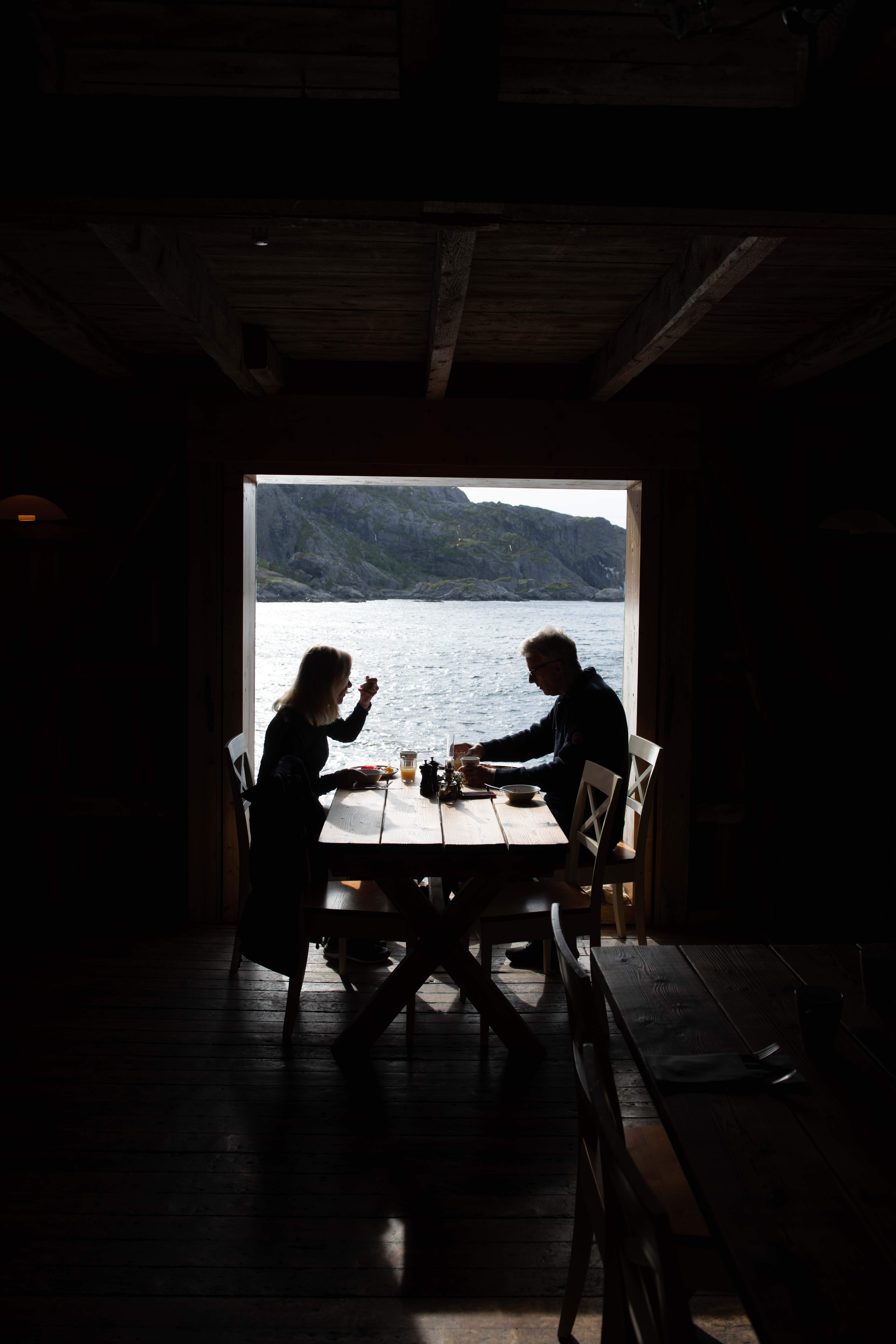
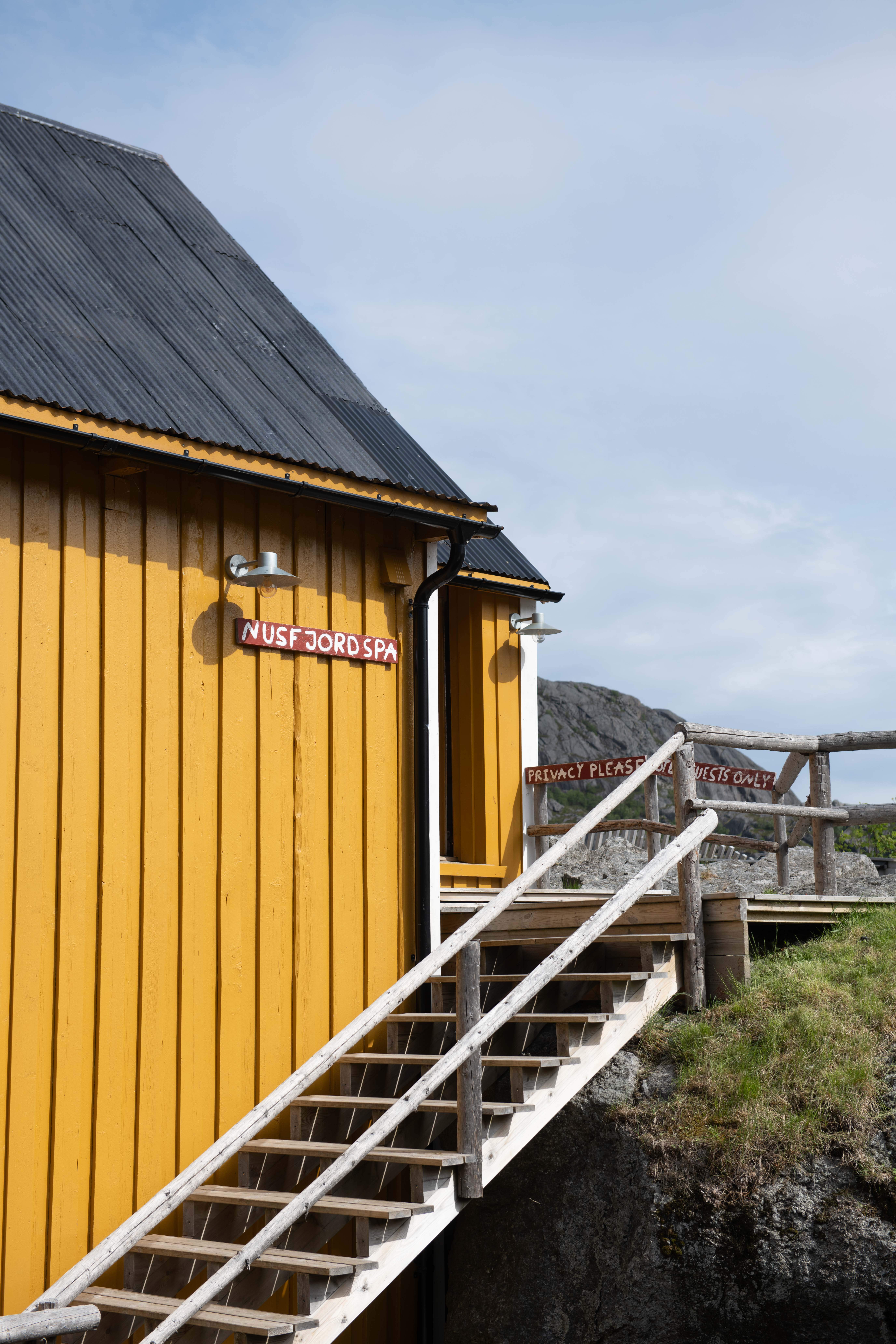
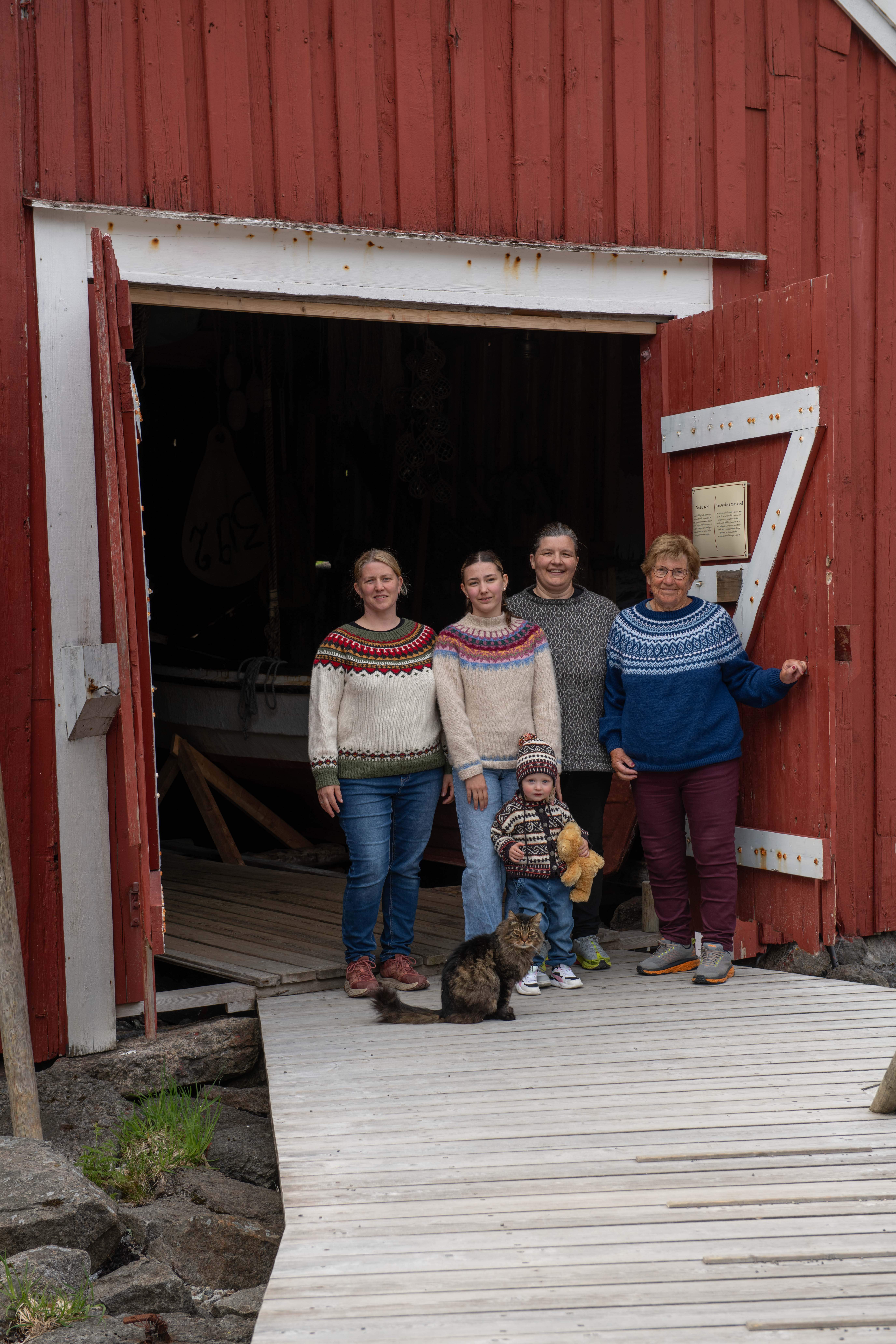
The nature is really the thing. For all the laid-on activities, as lively or contemplative as they might be, the best thing photographer Ivar and I did was walk to the summit of the huge hill that looks over the village. It’s a decent hike, complete with knee-deep June snow in parts. The reward is the view at the top, the beer at the bottom and the kinship of walking together. Dinner at Restaurant Karoline – mostly fished, reared or grown nearby – was manna, a rum nightcap was nectar and the cabin and the bed – just right, just perfect – were heaven. That and the journey because you may well have come a long way but phew: you have arrived. — nusfjordarcticresort.com
What to pack
You’ll want to indulge in all things Nusfjord on your trip, and that means dressing for the Nordic summer during the year’s middle months and being ready for almost anything for the rest of the year. The summer in Nusfjord typically means 10C to 15C but it can easily get up to 20C or dip into single figures when the wind has an edge. Take a bathing costume for the hot tub and a dip in the Arctic Sea (the sauna at Nusfjord is also swimmers-on); waterproof hiking boots; and a good rain jacket and hiking trousers (not the swishy kind, for the sake of Odin’s beard). And pack an eye mask: 24-hour sunlight can be as maddening as it is intriguing.
What to see
The Lofoten archipelago is a place of jaw-dropping beauty. Leknes, where we landed, would be a good spot to hire a car or you may wish to start further east into Norway to drive the length of the snaking peninsula, to end at the western tip and the succinctly-named Å. Along the route you’ll see many stunning beaches where you might do a double-take at the sight of plucky surfers in inch-thick wetsuits. Unstad beach is a popular spot to watch before getting a lesson courtesy of the Lofoten Surfsenter, where “Jack Frost”, the Lebowski-like local guru and proprietor, will regale you with tales of surfing among the ice floes in winter.
Three books to get you in the mood
‘A Woman in the Polar Night’ by Christiane Ritter
The 1930s memoir of an Austrian woman who left urban comforts behind to live with her explorer husband for a year in a shack in Arctic Spitsbergen. This classic of travel-writing witnesses months of near madness before her conversion to the Arctic’s lunar beauty.
‘The Ice Palace’ by Tarjei Vesaas
A strange and allegorical coming-of-age tale about two girls on the brink of becoming young women in postwar rural Norway. Are Siss and Unn separate girls or halves of the same character? A sharp shock of powerful storytelling – the equivalent of a psychological ice-bath.
‘Kon Tiki Man’ by Thor Heyerdahl
This is about the late, great Norwegian explorer and ethnographer rather than about his home country but there is much of the Nordic temperament in Heyerdahl’s unfussy prose. It describes an 8,000km cross-Pacific odyssey that he undertook on a hand-built raft in 1947.


